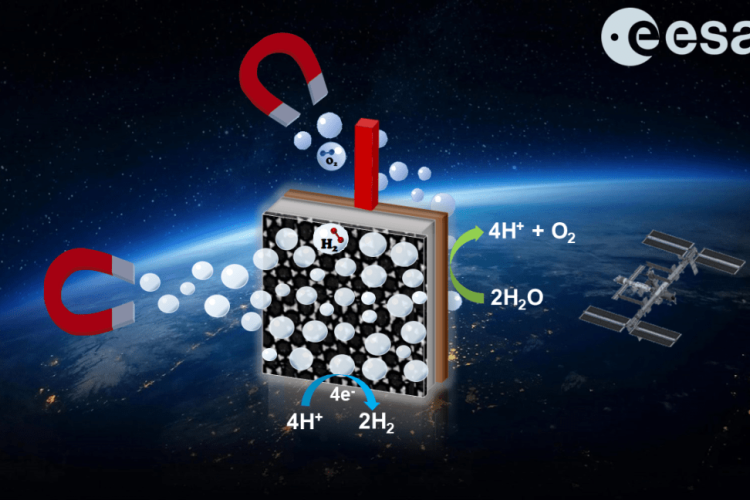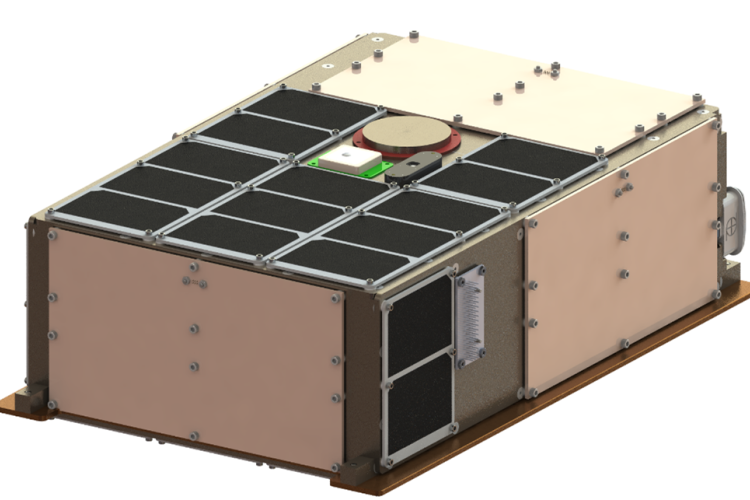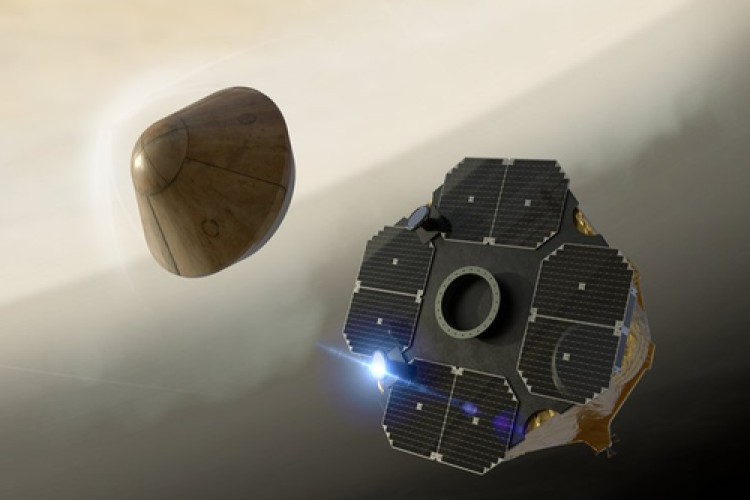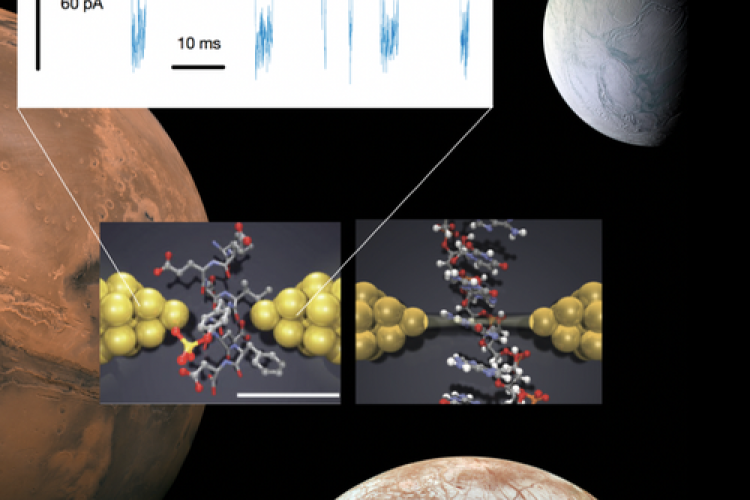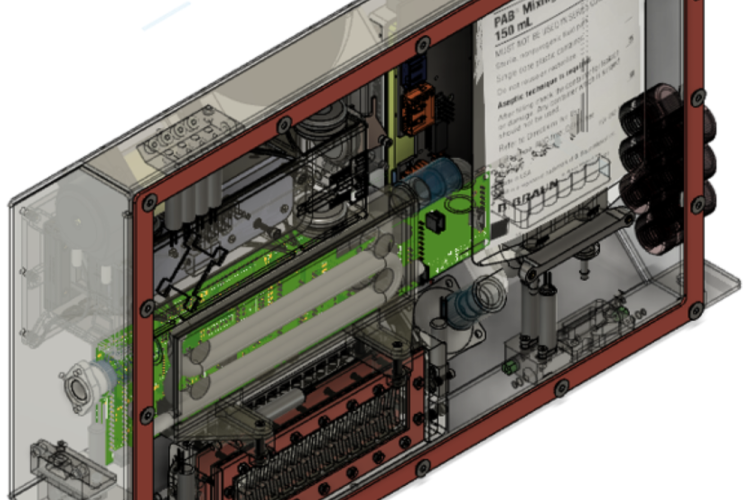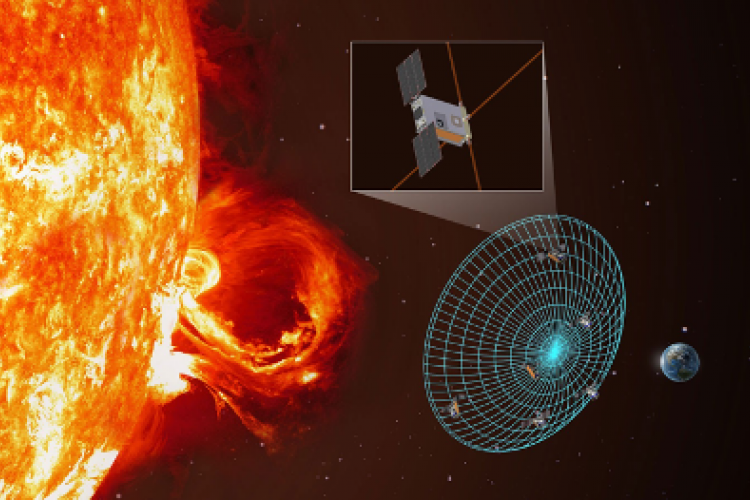Photoelectrochemical devices integrate the processes of light absorption, charge separation, and catalysis for chemical synthesis.
Featured
WEBS is an exciting first-of-its-kind technology demonstration in the area of space-to-space wireless power transmission. In collaboration with the United States Space Force and Air Force Research Laboratory, WEBS is essential to proving space-to-space wireless power beaming capabilities in its role as a power-receiving target.
Featured
Enterococci are gram-positive bacteria that originated when our ancient animal ancestors emerged from the oceans to live on land, and brought their gut flora with them. Enterococcus faecalis (EF) and Enterococcus faecium, are common human commensals and harbor multidrug resistance.
Featured
The discovery of organic chemistry or life in the clouds of Venus, the target of our VLF missions, would transform our understanding beyond the dominant water-focused model of chemistry and life, and possibly address the eternal question, “are we alone?”
Featured
Estimated energetic limits for life in Ocean Worlds such as Enceladus and Europa suggest that many current life detection technologies will require pre-concentration of ice or liquid (brine, ocean) samples on the order of 1000X to facilitate detection.
Featured
We are working to develop the ELIE instrument, capable of detecting prebiotic, ancient, or extant life, and distinguishing forward contamination, through detection of two universal biomarkers: the amino acid abundance distribution and IPs. We will validate single molecule nanogap detection and develop a breadboard system to advance ELIE from technology readiness level (TRL) 2 to TRL 4.
Featured
BioX2 (Biological Exploration Payload 2) is targeted for launch to the International Space Station (ISS) in October 2022 to be a technological demonstration for biological sample automation, nucleic acid extraction, and nanopore sequencing in space. A stretch goal is to perform end-to-end operations on orbit and measure Darwinian evolution of Bacillus subtilis, which will help advance future space life detection missions.
Featured
SSDL is designing and building six additively manufactured cold gas propulsion systems for a formation of small satellites that will launch into a geocentric supersynchronous orbit in 2023. The propulsion systems will be used for autonomous stabilization after deployment, primary delta-V maneuvers, and reaction control.
Featured

